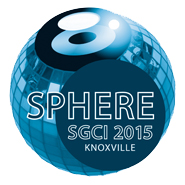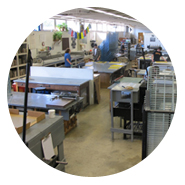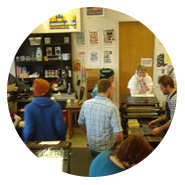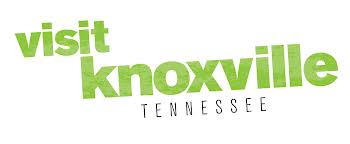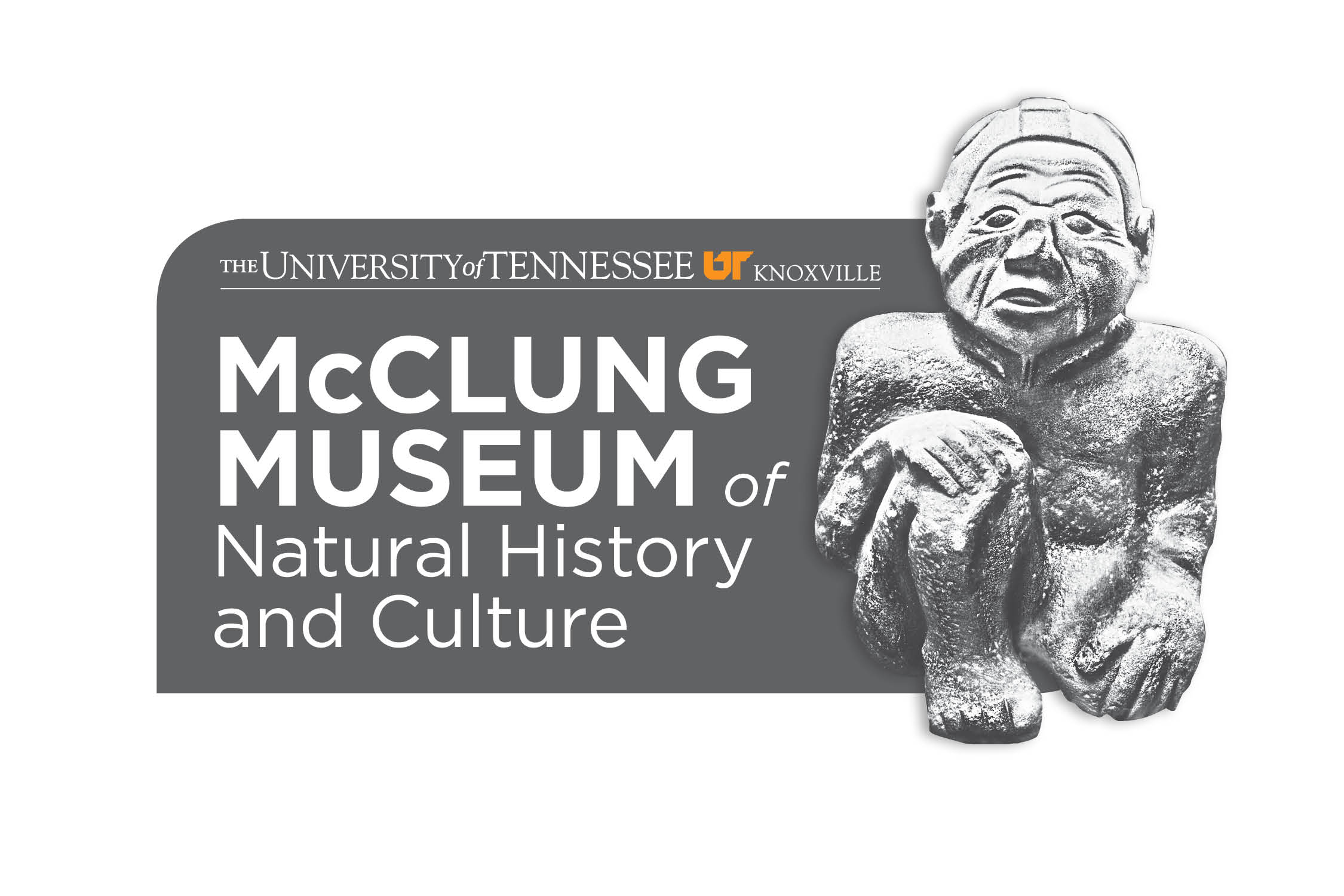panel session E2
QUEERING THE SPHERE: EXPLORING DIVERGENT PRACTICES
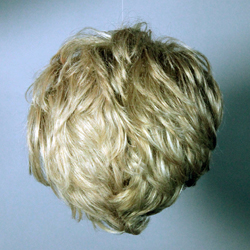
FRIDAY MARCH 20, 10:00-11:30AM
KNOXVILLE CONVENTION CENTER, LECTURE HALL
Session Chair: Guen Montgomery, The University of Illinois, Urbana-Champaign,. USA
Email: Guenmail@gmail.com
This panel investigates printmaking practices for an element of queerness. Open to all printmakers, regardless of sexual orientation or identity, the panel asks for narrative examples of queer printmaking in the broader theoretic sense. Those whose artwork or teaching methodology fits less easily within a standard printmaking practice are encouraged to apply, and will be asked to expand on how their work, practice, or teaching style somehow alters our perception of printed mater, sits outside of the printmaking world, or resists easy definition. Inspired by the architectural queerness of some of Knoxville’s buildings, the Sunsphere and Women’s Basketball Hall of Fame building to name a few, the panel aims to both create another unexpectedly queer space in Knoxville, Tennessee, and provide a bridge between artists with similarly liminal practices.
Presenter 1: Guen Montgomery, The University of Illinois, Urbana-Champaign,. USA
Paper Title: Crafting a Queer Print Practice
In addition to recognizing the value of the traditional two-dimensional print, I have come to see printmaking as a conceptual approach to art making. I believe that someone trained as a printmaker utilizes a “printmakerly” way of thinking in other works. My practice serves as an example of this print-process derived way of conceiving and creating unexpected multi-media pieces. In the proposed presentation, I will present a short artist lecture focusing on the hybrid identity of the performer/printmaker or printmaker-turned-multimedia artist. The complicated multiplicity that arises from attempting to explain to people what it is I “do” is ultimately exemplary of the kind of queerness that inhabits the kind of work I strive to make.
Presenter 2: Anna Wagner, Arizona Western College, Yuam, Arizona, USA
Paper Title: Stony Ground
My work examines people and places that are labeled as ‘queer.’ I am interested in the otherness that queerness implies and the violence and fear that is often inflicted on ‘the other.’ Through a combination of sculpture, performance, and traditional etching I seek to alter our perceptions of queerness and to push the boundaries of printmaking in order to evoke a new and more empathetic perspective.
Presenter 3: Corinne Teed, University of Iowa, Iowa City, Iowa
In Cruising Utopia, José Esteban Muñoz declared that “queer aesthetics map future social relations,” insisting “on the essential need for an understanding of queerness as collectivity.” These queer, utopic impulses seem antithetical to the traditional, anti- relational image of the artist as recluse. Through its production of the multiple in a collaborative studio environment, printmaking has long confounded both the exaltation of the unique art object and the figure of the solitary genius. Recent work within the print community further encourages community, engagement and the utopic. To explore these relational trends in printmaking, I will present three community-oriented print projects. I begin with Habitats are Limited, a public art installation done in collaboration with the Macbride Raptor Project in Solon, IA. I will then discuss the Justseeds’ People’s Climate March Wheatpasting Action, an international public art installation project. I end with Culture Strike’s Artists vs. Walmart Campaign, a web-based, artist- driven intervention.
Presenter 4: Jill AnnieMargaret (formerly Jill Fitterer), Boise State University, Boise, Idaho, USA
Paper Title: Polka Dots and Plaid: From Lillie Mae Cane to Hairstory – Herstory, a Queer Blend of Fiction and Truth in Search of an Honest Practice and a Meaningful Life.
At first glance Lillie Mae Cane and Hairstory – Herstory are completely unrelated, completely queer. Lillie Mae Cane, an alter ego created in 2007 is a renegade banjo player who performs and tells stories of her coal mining family from Adams County, Ohio. Hairstory - Herstory reaches out to women affected by sexual and domestic abuse. Through the collection of hair and story, the visual work connects participants to their communities and across international boundaries. Polka Dots and Plaid lifts Lillie Mae’s petticoat and creates unexpected connections across one person’s queer practice.
